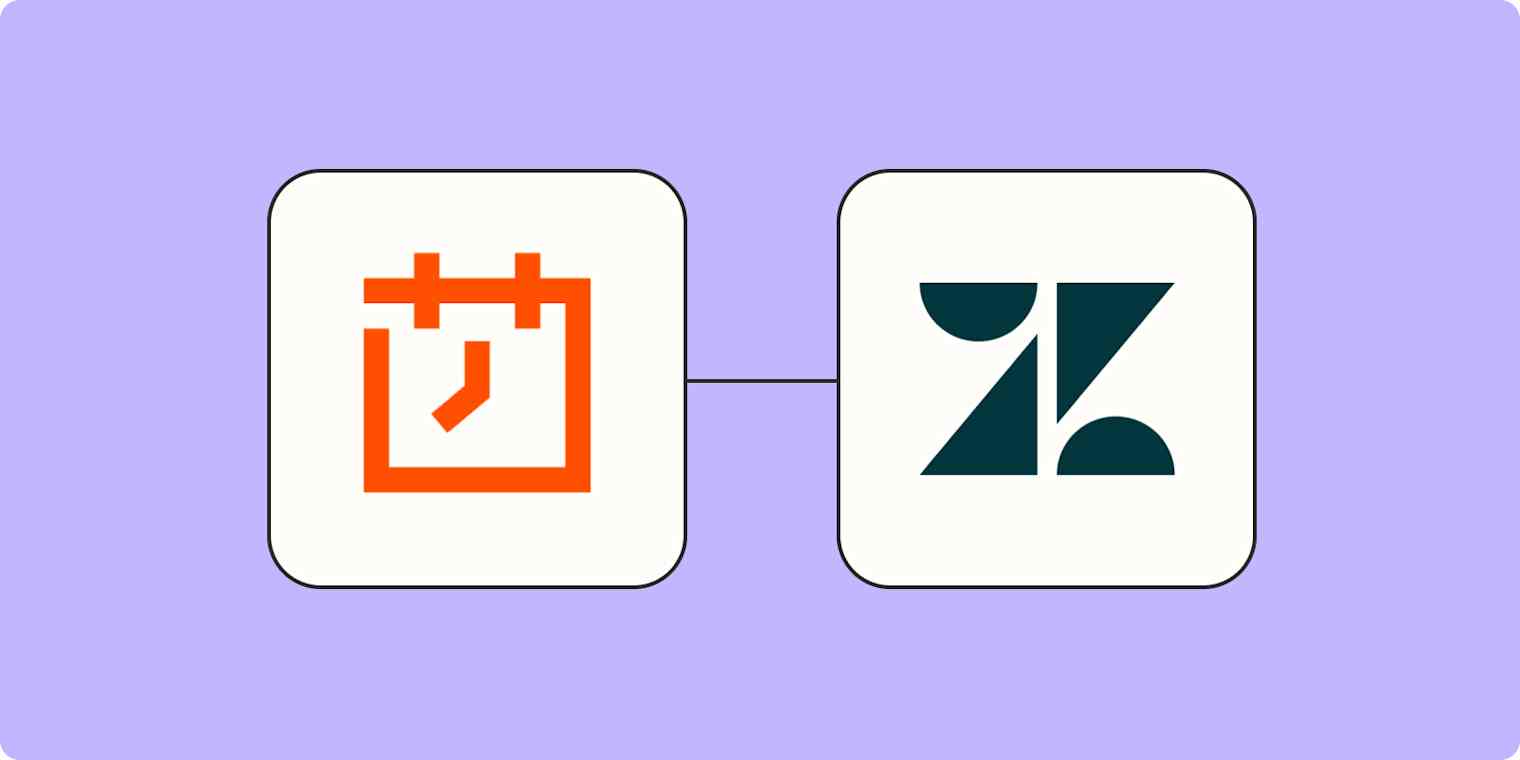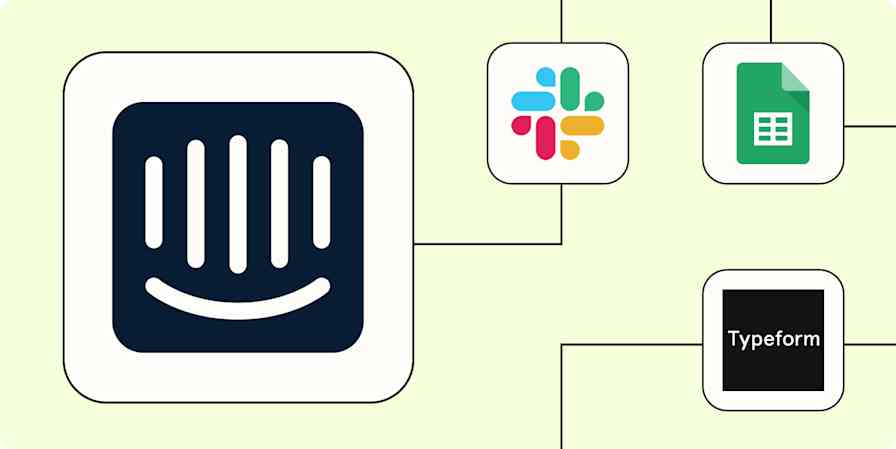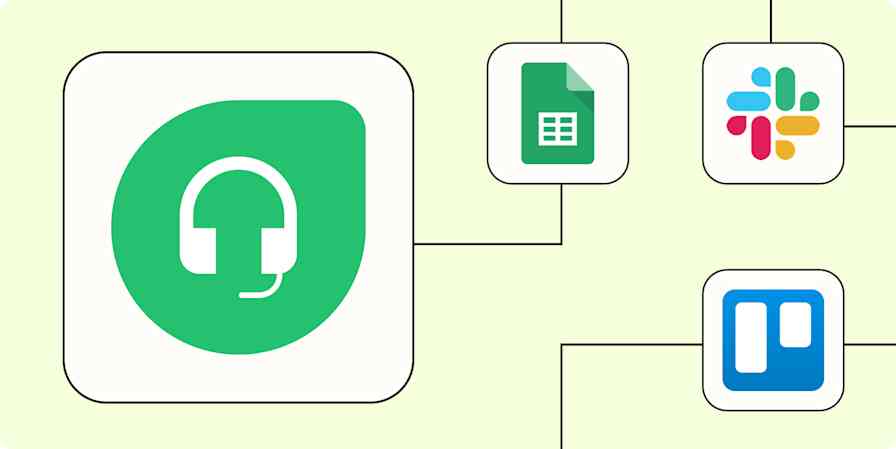Zapier tutorials
4 min readHow to create monthly Zendesk tickets automatically
By Elena Alston · March 16, 2022

Get productivity tips delivered straight to your inbox
We’ll email you 1-3 times per week—and never share your information.
mentioned apps
Related articles
Improve your productivity automatically. Use Zapier to get your apps working together.








